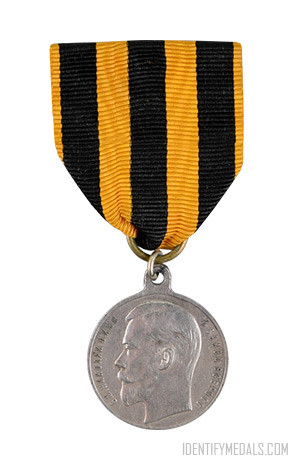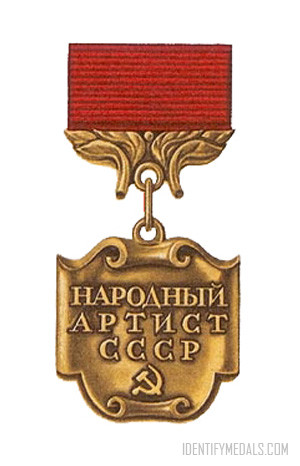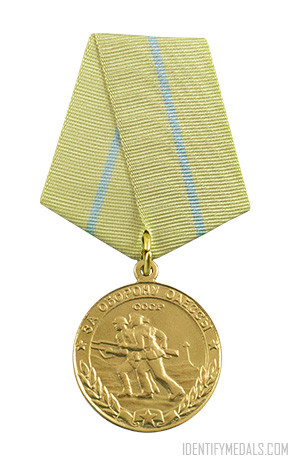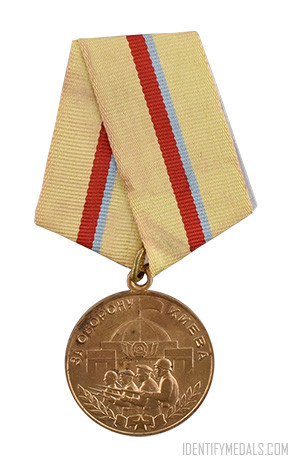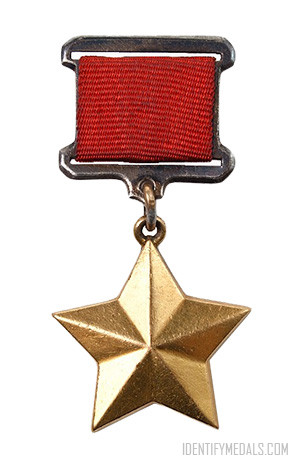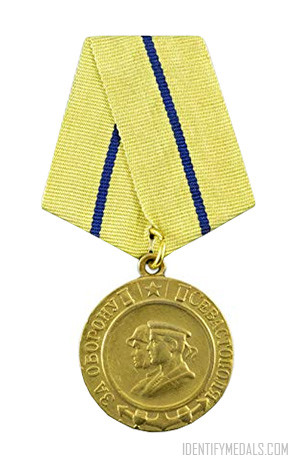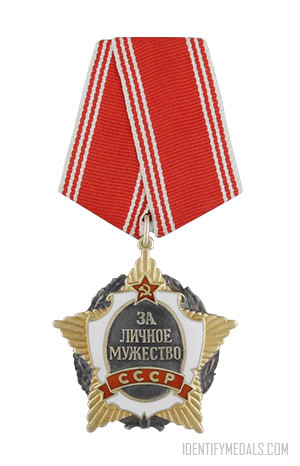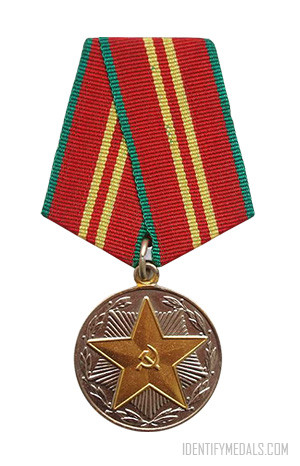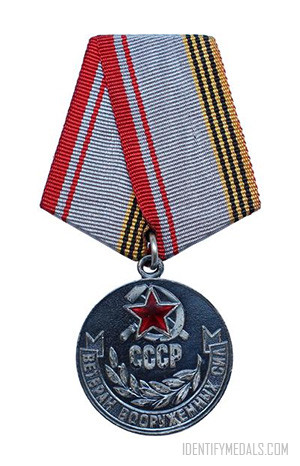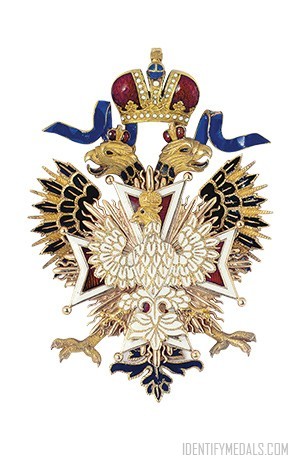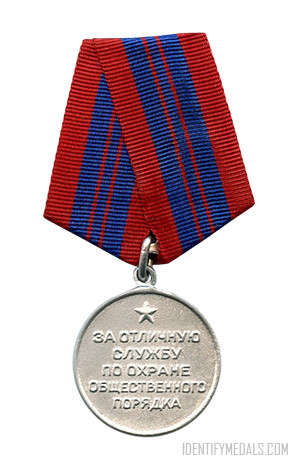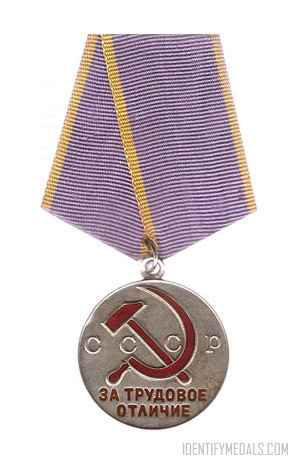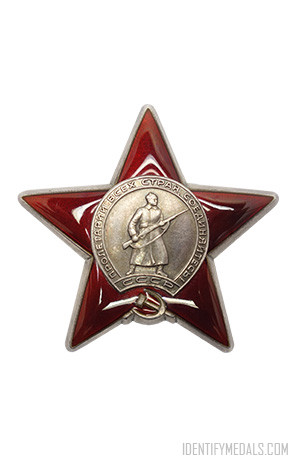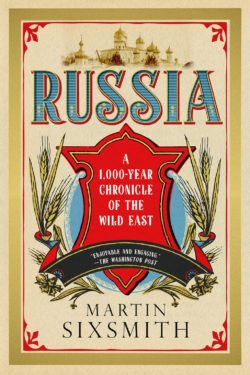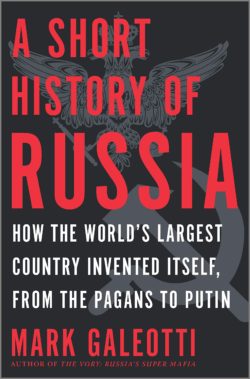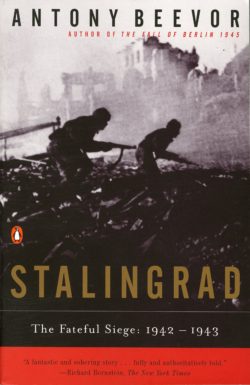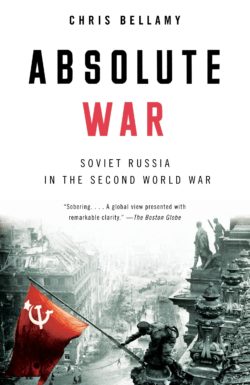- Time Period: Pre-WW1
- Year of Institution: 3 August 1878
- Country: Russia & USSR
The Medal of St. George for Bravery was established on 3rd August 1878, during the reign of Tsar Alexander II. After the death of Emperor Alexander III in 1894 the Medal was re-issued, wearing the semblance of the new sovereign, Tsar Nicholas II.
The medal was awarded to non-commissioned officers, soldiers, and sailors as well as to civilians for exceptional acts of valor in times of war or peace.
On 10th August 1913, a sweeping amendment was introduced by which the Medal for Bravery was incorporated into the statute of the Order of Saint George and its name was changed to Saint George Medal for Bravery. From 23rd July 1915 the Gold Medals, similarly to the golden Saint George Crosses, were manufactured with a reduced content in gold. From January 1917 they were manufactured with substitute yellow or which metal.
The Cross of St. George Design
The St. George Medal came in four classes. Gold medallions for 1st and 2nd class (shown above). Silver medallions for 3rd and 4th. A bow on the ribbon denoted 1st class and 3rd. The medal was awarded for merit to other Allied soldiers as well as Russians.
The obverse features the bust of the reigning Emperor with his title. The reverse bears, in the center, in two lines the wording FOR BRAVERY, below the recipient’s impressed award registration number followed by the class of the award.
The ribbon is the same as the Order of Saint George; orange with three black stripes, commonly called “George’s Ribbon”. It symbolizes fire and gunpowder: the Russian “colors of military glory”, and is also thought to be derived from the colors of the original Russian imperial coat of arms (black eagle on a golden background). It was subsequently associated to the colors of the Russian Guard units.

